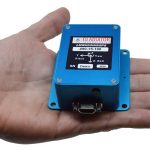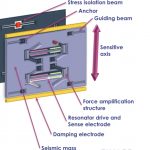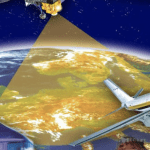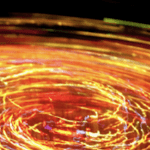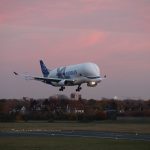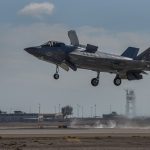Gladiator Technologies’ High-Performance Integrated GNSS-INSs Come Easily to Hand
Low-noise MEMS inertial sensor and systems technology coupled with VELOX high-speed processing are integrated with a 72-channel GNSS receiver from Gladiator Technologies. The devices deliver position accuracy within 2 nautical miles per hour during GPS outages.
By Inside GNSS
